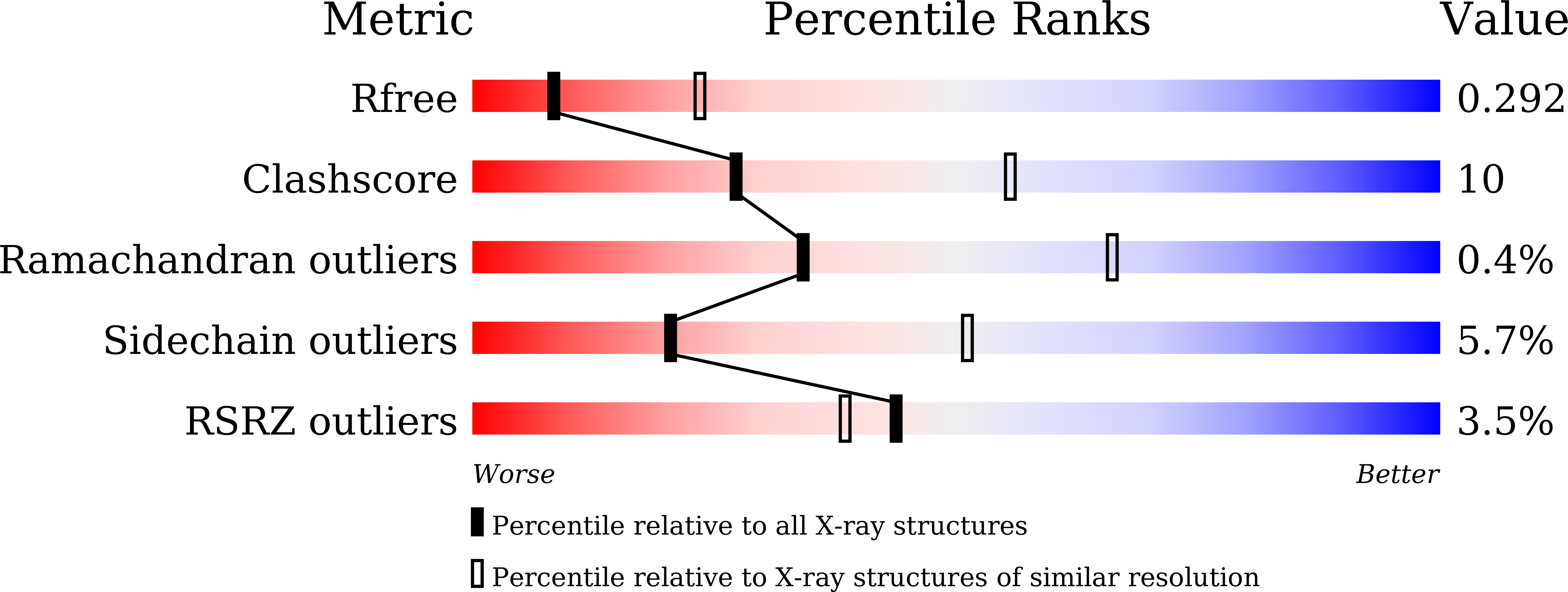
Deposition Date
2022-11-10
Release Date
2023-06-07
Last Version Date
2023-11-08
Entry Detail
PDB ID:
8HFK
Keywords:
Title:
Crystal Structure of CbAR mutant (H162F) in complex with NADP+ and halogenated aryl ketone
Biological Source:
Source Organism:
Cercospora sp. JNU001 (Taxon ID: 2979285)
Host Organism:
Method Details:
Experimental Method:
Resolution:
2.90 Å
R-Value Free:
0.28
R-Value Work:
0.20
R-Value Observed:
0.20
Space Group:
P 41 21 2


